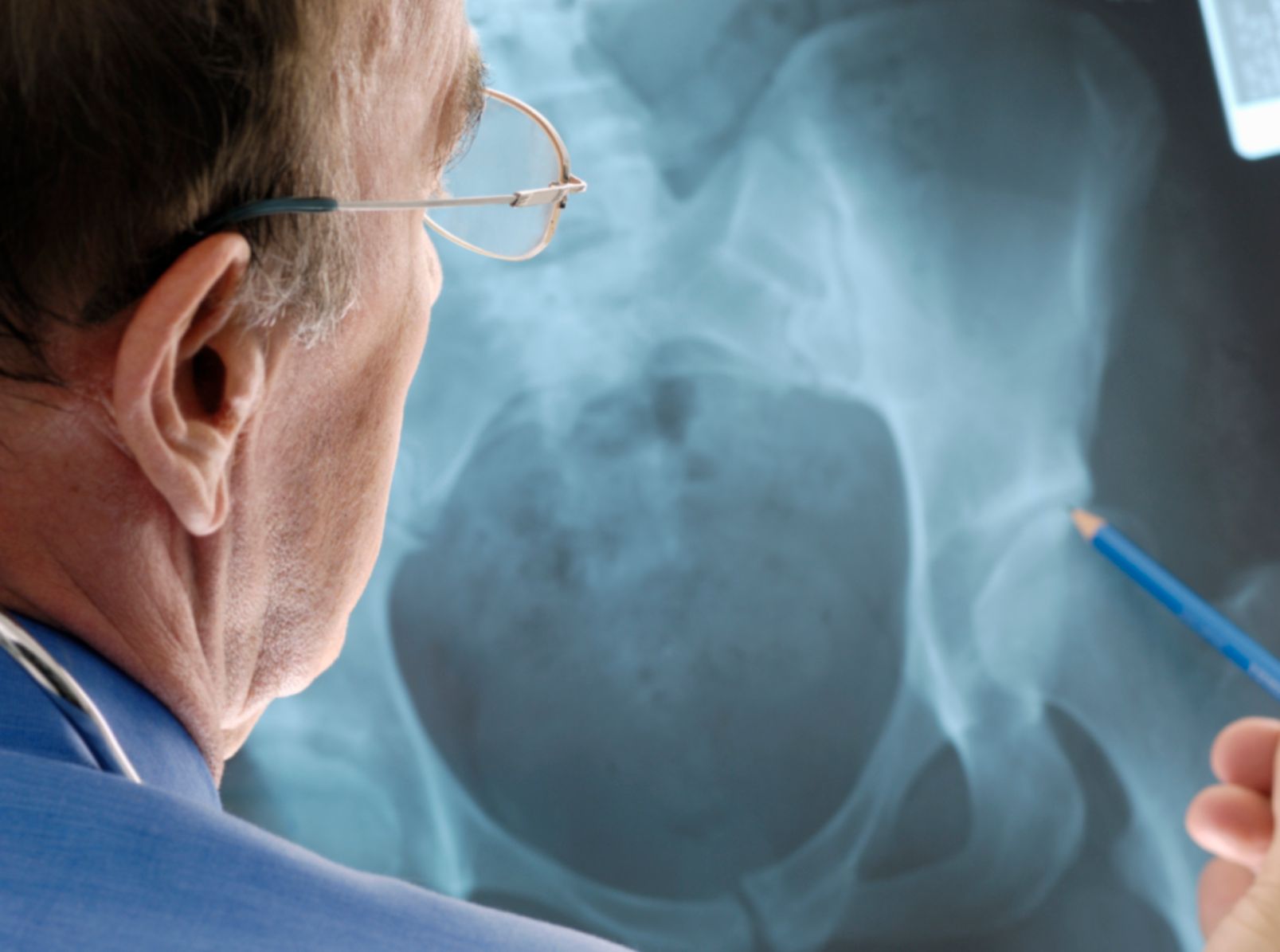Article
Living Alone Linked to Increased Risk of Death Following a Hip Fracture
Author(s):
An analysis of 34k patients over more than a decade indicates living alone after a hip fracture was associated with a 37% increase in mortality risk among men and a 23% increase in risk among women.

New research from a team in Norway is underlining the increased risk of death associated with isolation after suffering a hip fracture.
Conducted as part of the Norwegian Epidemiologic Osteoporosis Studies (NOREPOS), results of the study indicate living alone following a hip fracture was associated with a 37% higher risk of mortality in men and a 23% higher risk in women.
“Our study shows that there may be an overlooked need for an even closer follow-up for a longer post-fracture period in patients who are living alone. A patient’s living situation is attainable information that tailored fracture liaison services may need to consider to make sure the patient stays compliant with prescribed medications and a bone-healthy diet,” wrote investigators.
For the purpose of their analysis, investigators obtained data on hip fractures treated in Norwegian hospitals from the NOREPOS Hip Fracture Database, which included data from 1994-2013. Combined with housing census data from the 2001 population, investigators identified more than 34,000 people aged 50-79 years with an incident hip fracture between 2002 and 2013.
In total, 12,770 men and 22,067 women were included in the analysis. Of these, 40.5% were living alone without a partner and 11.6% were living alone and had no children. Investigators noted men living alone appeared to fracture at a lower age than those living with a partner (68.2 vs 69.6 years) while women living alone fractured at a higher age than those living with a partner (71.8 vs 70.2 years).
Additionally, investigators pointed out those living alone were more likely to have completed less than 12 years of education, more likely to live in urban areas, and have fewer children. Of note, adjusted analyses performed as part of the study accounted for the 3 aforementioned factors. The median follow-up time of the 34,837 patients included in the study was 12.8 years.
Upon analysis, investigators found median survival time among both men (4.9 vs 6.9 years) and women (7.3 vs 10.3 years) living alone was shorter than those living with a partner. Adjusted analyses indicated a 37% higher post-hip fracture mortality among male patients living alone compared to those living with a partner (HR, 1.37; 95% CI, 1.29-1.44). Among women, living alone was associated with a 23% higher post-hip fracture mortality compared to those living with a partner (HR, 1.23; 95% CI, 1.18-1.28).
Additional analysis indicated the strongest association in hip fracture mortality occurred among male patients aged younger than 60 (HR, 3.29; 95% CI, 2.25-6.49). In comparison to patients in the general population, the relative survival 8 years after a join fracture was 43% in men and 61% in women living alone versus 51% in men and 67%in women living with a partner.
“Further emphasis should be put on creating supportive social communities for senior citizens. These efforts may prove to become even more important in the future, as populations grow older,” added investigators.
This study, “Increased Mortality in Hip Fracture Patients Living Alone: A NOREPOS Study,” was published in the Journal of Bone and Mineral Research.




